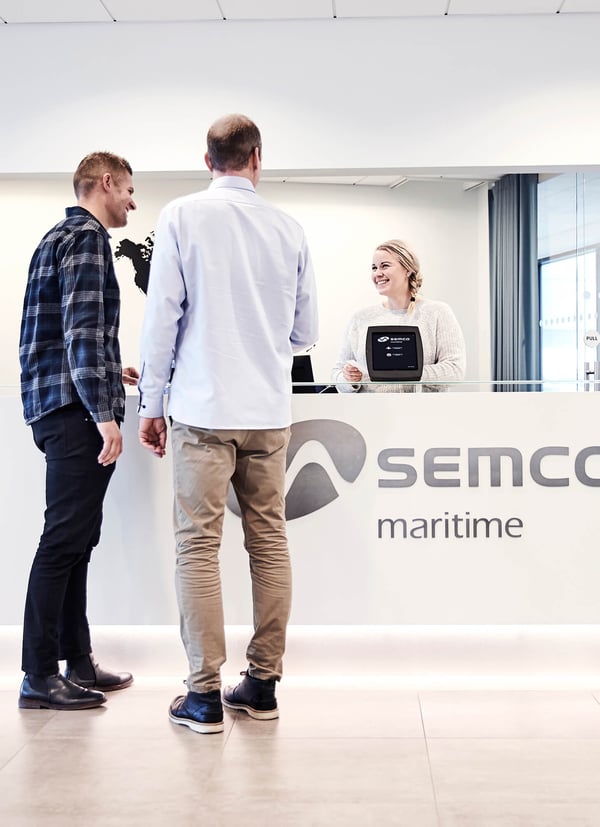Do not wait until the last minute ...
The Ballast Water Management convention requires you to comply with the convention at the latest by 7 September 2024. As a result, type approved systems, approved suppliers and shipyard slots are expected to be in high demand as we draw closer to 2024.
Therefore, it is important to know that putting off the installation of an approved ballast water management system until 2024 could result in issues with yard, material and supplier availability. This means that you might not be able to comply with the rules in due time. We expect that most of the IOPP renewals will take place from 2021-2023. You should start to plan ahead today!









